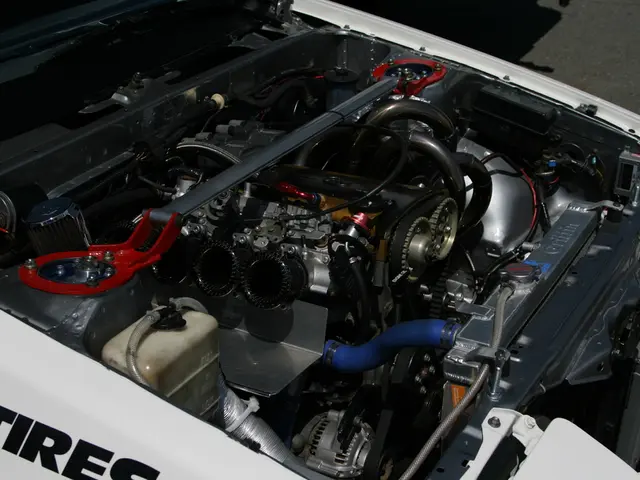Researchers Achieve Major Quantum Breakthrough: Entanglement Distribution via Satellite
Researchers are pushing the boundaries of quantum communication, exploring ways to distribute entanglement over vast distances, including via satellite. They're evaluating various protocols and techniques to overcome noise, loss, and atmospheric challenges.
The study, led by Kaushik P. Seshadreesan and colleagues, focuses on both discrete and continuous variable quantum resources. They're assessing the potential of advanced techniques like noiseless linear amplification, which significantly enhances continuous variable quantum key distribution, enabling longer transmission distances and higher key rates.
A key challenge is distributing entanglement over long distances, crucial for building a future quantum internet. The team is evaluating competing protocols and establishing performance benchmarks for different schemes. Direct distribution of discrete variable resources is best suited for ground-to-satellite communication.
In a significant breakthrough, the team achieved an entanglement distribution rate of approximately 15 entangled bits per second in a network with three low Earth orbit satellites. They modeled realistic free-space optical channels, including atmospheric turbulence, and found that a distributed amplification strategy is optimal for satellite networks. Entanglement distillation techniques are vital for overcoming noise and loss, enabling the distribution of high-quality entangled states over vast distances.
Satellite-based solutions are being explored to overcome the limitations of fiber optic cables for entanglement distribution. Nicholas Zaunders and Timothy Ralph are investigating two distinct network architectures for distributing entanglement: a network connecting multiple satellites and another linking ground stations via a satellite. The study also demonstrates the feasibility of quantum key distribution using continuous variables, even with atmospheric disturbances and signal attenuation.
The research highlights the potential of satellite-based quantum communication, with successful entanglement distribution in a three-satellite network. By overcoming atmospheric challenges and evaluating different protocols, scientists are paving the way for a future quantum internet, with applications in secure communication and quantum computing.
Read also:
- Chile's $10B Green Energy Project Threatens World-Class Observatory
- Exploring Harry Potter's Lineage: Decoding the Enigma of His Half-Blood Ancestry
- Elon Musk Acquires 26,400 Megawatt Gas Turbines for Powering His AI Project, Overlooks Necessary Permits for Operation!
- Ontario terminates $100M Starlink agreement due to U.S. import taxes








